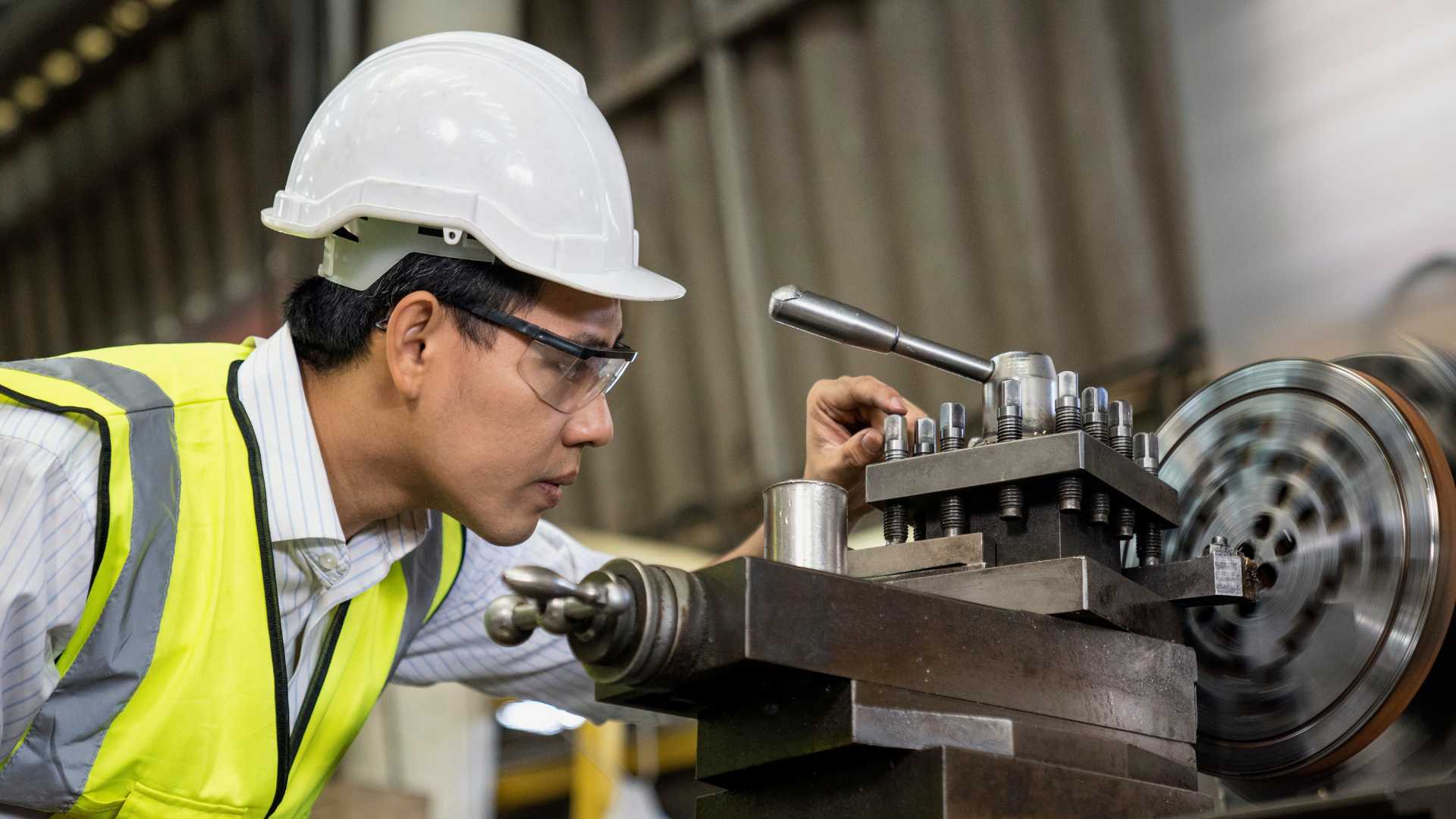In the vast landscape of engineering, one field stands out for its blend of innovation and practicality: Mechanical Engineering Technology. It’s a discipline that takes the theoretical concepts of mechanical engineering and applies them to real-world situations.
This field is not just about understanding how machines work, but also about developing new technologies and improving existing ones. From designing eco-friendly cars to creating cutting-edge medical devices, mechanical engineering technology is at the forefront of modern innovation.
What Is Mechanical Engineering Technology
Mechanical Engineering Technology delves deep into the complexities of engineering principles. It’s a field that balances theoretical knowledge and hands-on skills. Technicians versus engineers has always been a topic of debate, but in this context, they work hand in hand. Technicians implement the designs conceived by engineers and ensure that the application is flawless.
At the heart of their work, mechanical engineering technologists focus on testing, producing, and maintaining mechanical systems. They embody the principle of applied learning, taking the theoretical concepts and applying them on the workshop floor. Bridging the gap between theory and practice, these technologists often work under the guidance of mechanical engineers. This ensures accurate implementation of design plans and a constant growth in technology innovation.
Fundamentally, Mechanical Engineering Technology thrives on continuous learning and application. As technology evolves, so too does the role of mechanical engineering technologists. Adapting to such changes makes the field both challenging and rewarding for those who pursue it. Consequently, the future of mechanical engineering technology holds limitless potential and continues to play an integral role in modern innovation.
Key Components of Mechanical Engineering Technology
Mechanical Engineering Technology comprises three core elements: application of principles, mastery of tools and stimuli for continuous learning.
Application of Principles: Primarily, mechanical engineering technology involves practical implementation. Technologists apply established laws and principles, like the laws of thermodynamics or fluid dynamics, in real-world scenarios.
Mastery of Tools: Technologists require proficiency with tools and technologies. For instance, they’ll commonly use computer-aided design (CAD) and computer-aided manufacturing (CAM) software in their work.
Stimuli for Continuous Learning: Mechanical engineering technology prompts constant learning. Technologists must stay abreast of innovations like robotics and nanotechnology to remain competent and relevant in the field.
In essence, Mechanical Engineering Technology embodies a blend of applied science, problem-solving skills, and technical expertise. Its key components foster a diligent approach to designs, production, and maintenance of mechanical systems, continually propelling innovations in technology.
Career Opportunities and Job Market
Mechanical Engineering Technology presents manifold avenues for thriving careers. Graduates, with their applied knowledge of mechanical systems underpinned by the proficiency in tools like CAD and CAM software, find opportunities aplenty. A diversified job spectrum ranges from Design Technologist, Drafting Technician, Manufacturing Engineer, to Project Engineer. Continuing education in fields like robotics and nanotechnology further broadens the scope.
Job market trends reflect a growing demand for mechanical engineering technologists, affirming the field’s career stability. According to Bureau of Labor Statistics, the projection for Mechanical Engineering Technologist jobs’ growth is about 3% from 2019 to 2029, acknowledging the steady demand for these professionals in manufacturing and engineering services sectors. Further backing the career prospectus, Payscale reports the average annual salary of a Mechanical Engineering Technologist to be $64,501, with the possibility of reaching up to $96,000 with experience and skill upgrade.
Salary Expectations and Growth Potential
Mechanical Engineering Technology’s allure lies in its blend of theory and practice, offering dynamic opportunities. It’s a field where technicians and engineers collaborate to test, produce, and maintain mechanical systems. Whether you’re starting with a two-year associate program or aiming for a four-year bachelor’s degree, the pathway to becoming an engineering technician or applied engineer is well-defined. The diverse career opportunities, from Design Technologist to Project Engineer, are growing steadily. With a 3% growth rate in jobs from 2019 to 2029 and an average annual salary of $64,501, it’s a promising field. As technology evolves and market demand rises, so does the potential for career growth and salary enhancement in this sector. Mechanical Engineering Technology is more than just
